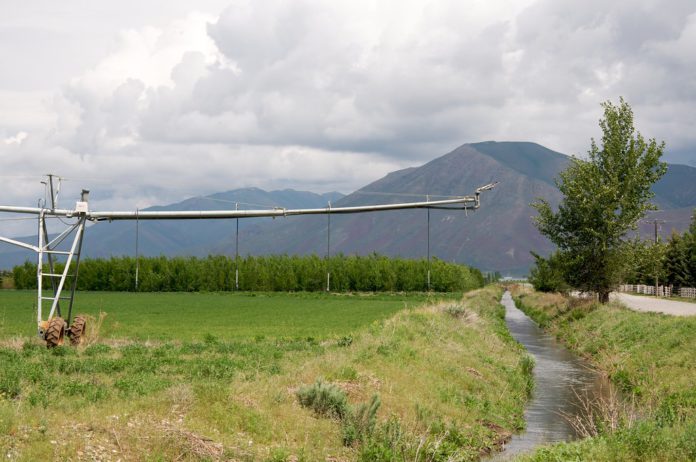
A ticking clock is counting down the final days for thousands of Colorado water rights, ranging from wells to ranches and municipalities. On July 1, the year-long objection period for water right abandonment will close — like a lid being placed on a coffin — for thousands of Colorado water rights.
Many water rights owners may be unaware that their water rights are in any danger at all. And they may also be unaware that if their objections aren’t made, their water rights could disappear forever.
One year ago, Law Week reported that the Colorado Department of Water Resources released its once-a-decade abandonment list. The Decennial Water Rights Abandonment List contains thousands of water rights from across Colorado, some reaching as far back as the 1800s, that are in danger of abandonment. Abandonment, in this context, meaning the owner would lose the right to use that water regardless of the right’s age or seniority.
“Any person wishing to object to the inclusion of a water right on the initial list may file a statement of objection in writing with the division engineer by July 1, 2021,” a 2020 DWR press release states. “An objection form is available on DWR’s website.”
“Water rights are effectively created by use, and lost — or greatly diminished — by nonuse,” Davis Graham & Stubbs counsel James Witwer told Law Week last year. The phrase “use it or lose it” is very apt to this situation. A “shudder” goes through the water-user community when the list comes out, and many are surprised to find their rights on the list.
“Without a water right, someone in Colorado, generally, doesn’t have a legal right to use water,” Witwer said. “Obviously if you get your water from Denver or Colorado Springs you don’t have much to worry about… but if you’re in a small town or subdivision it’s kind of up to you.”
The list is created every decade by Division Engineers, who administer the water rights in seven different water basins around Colorado. The list is crafted by examining records of water diversions, conducting site visits and completing other fact-based research.
Witwer said some people look at Division Engineers as “the Grim Reaper” coming for water rights, however, “I think if you asked the engineers they would describe themselves more like the coroner who is investigating after the fact to tell you that a water right is already dead.”
If a right is abandoned or canceled, the water users didn’t use them for a sustained period of time “and cannot begin using them again,” according to the 2020 release. This in turn provides some administrative stability, while simultaneously benefiting active water rights.
There are many reasons why people may not pay attention to water rights, Witwer said. More people continue to adopt Colorado as their home state, and some believe food comes from the store and water from the tap, he said. “They don’t really understand there’s a vast and complex, not only legal system, but a physical system that delivers water from faraway places.”
The current abandonment list was released in July 2020, and whenever an abandonment list is published, notices are placed in local news outlets, and a certified letter is sent to the last known owner of the water right, according to the DWR.
But with each passing day, the window for objection to a right’s listing is drawing nearer to a close. Water rights can be removed from the abandonment list. And, the state can sometimes struggle to determine who actually owns a water right when it’s placed on the list, according to Witwer. He added that many people are surprised to learn that the state does not have “crystal clear” records on water rights ownership.
For more information on the DWR’s Decennial Water Rights Abandonment List, and its impact on farms, families, property, wells, municipalities — and legalities surrounding abandonment — check out this previous article about the list here.

